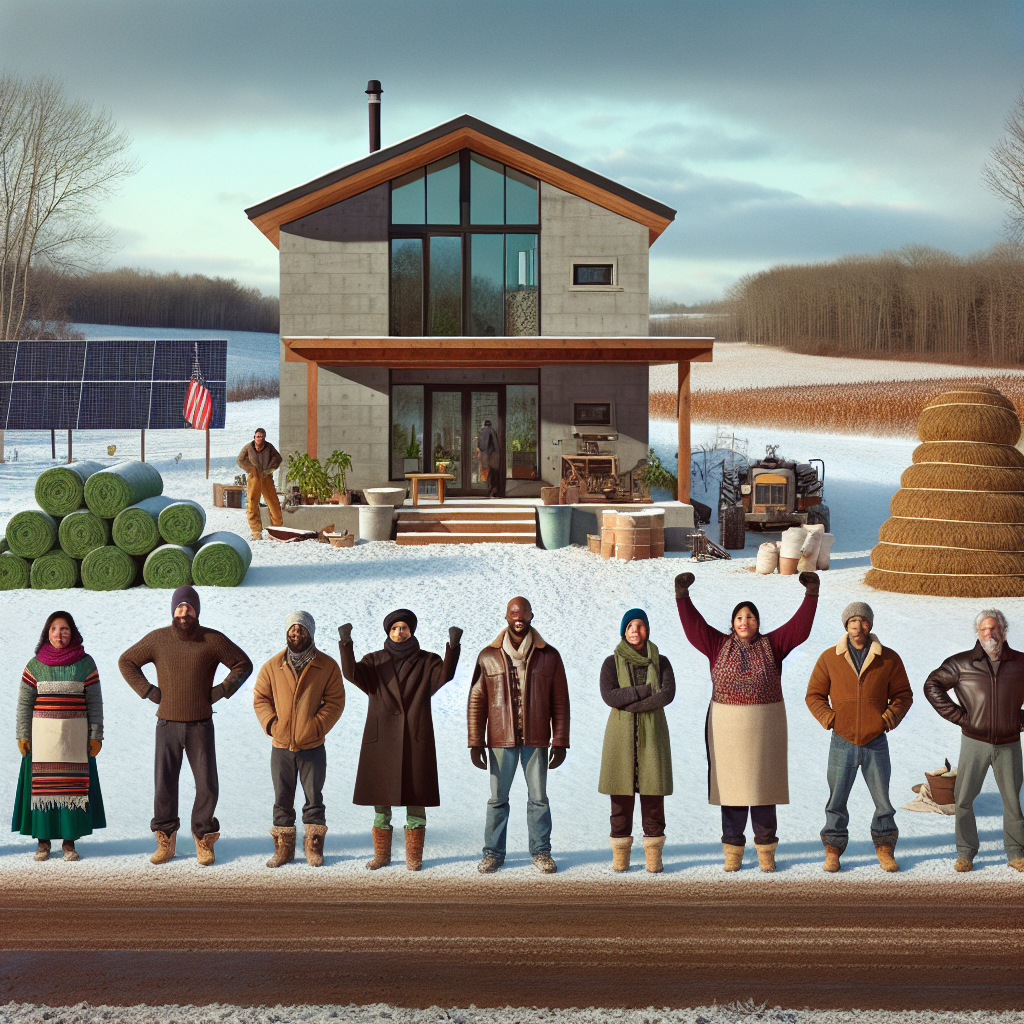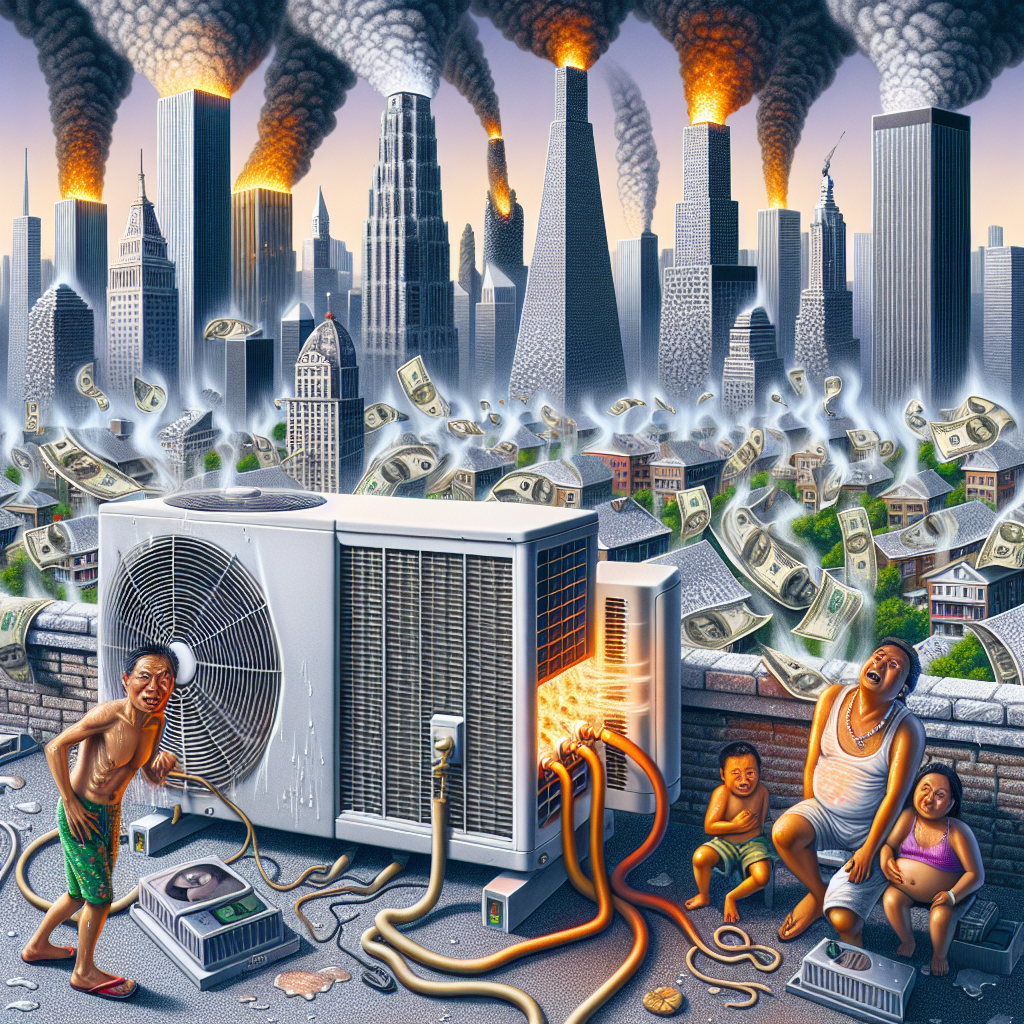Native Innovation: How Hempcrete Is Reshaping Affordable Housing From the Ground Up
Let’s talk about building the future—literally 🔨🌿. In the heart of rural Minnesota, the Lower Sioux Indian Community is doing what no one else in the country has dared to trailblaze: replacing age-old housing struggles with hemp…yes, hemp 👀.
Not the kind that gets you buzzing. We’re talking about industrial hemp — the eco-warrior of the plant world — turned into hempcrete, a natural, mold-resistant, biodegradable material that’s cooler than your favorite minimalist Pinterest board. And the folks at Lower Sioux aren’t just dipping their toes in the green tech pool — they’ve cannonballed straight into becoming the first fully vertically integrated tribal housing initiative running from seed to structure 🏠💚.
🌱 Seed-to-Wall: Not Your Average Real Estate Play
In response to U.S. Census Bureau data spotlighting a critical housing shortage — 200 homes needed by 2030 — the Lower Sioux Housing Authority knew they had to do something revolutionary. Enter hempcrete. Think of it as nature’s own thermal battery: a slick combo of hemp hurd, lime, and water that locks in heat better than traditional insulation and can slice energy bills by up to 70% 🔥.
Imagine a home that still stays at 59°F indoors overnight — in a Minnesota winter — WITHOUT a central furnace. That’s not future tech, that’s happening now. As project manager Danny Desjarlais put it, “We’re not building these big, elaborate, fancy houses for rich people. We’ve just been making low-budget homes with way better material.”
💬 Translation? It’s not about luxury—it’s about longevity. And it’s healthy, sustainable, and wallet-friendly. Real affordability, not just a developer buzzword 👏.
🏗️ Four Builders, Unlimited Potential
Let’s be real: a team of four people built the first prototype homes. FOUR. That’s less than the average Web3 startup team 😂. But what they’re proving is monumental: you don’t need a mega-corporation to solve the housing crisis—you need a vision, the right materials, and yes, a bit of tribal sovereignty to cut through bureaucracy 🪓.
This radically grassroots model—powered by community, by sustainability, by self-sovereignty—is now catching national attention. The project recently became a finalist for the 2025 Ivory Prize for Housing Affordability, recognizing innovation that solves one of America’s most stubborn public challenges.
🔥 Real-World Assets. Real Impact.
You all know I live for real-world asset utility, right? Here’s how Lower Sioux is redefining what that actually looks like for underserved communities:
- Energy Efficiency: Bye-bye, sky-high heating bills. We’re talking $4K–$5K in annual savings for residents.
- Supply Chain Control: The tribe grows and processes its own hemp. 👏 Decentralized 👏 Local 👏 Sustainable 👏
- Longevity: Hemp homes last. Like, generationally last. And when your grandkids can breathe clean air in their great-grandma’s house, that’s a win.
🛠️ Breaking Barriers With Hemp—and Hustle
Here’s where tribal sovereignty flexes some serious innovation power. Building codes? Navigated. Regulatory drag? Sidestepped. But make no mistake, this isn’t about special treatment—it’s about proof of concept 📈.
Desjarlais didn’t stop at local policy. He helped Minnesota become the first U.S. state to approve hempcrete for residential use in building codes — paving the road for adoption across the Midwest and beyond. 😍 And with him now serving as regional director for the U.S. Hemp Building Association, we’re talking serious expansion plans.
🌐 From the Rez to the Metaverse?
Okay okay, maybe not quite yet. But imagine modular hempcrete builds tokenized as real-world assets on-chain — a DeFi-powered model for housing investment that funnels profits back into indigenous communities 🙌. Dreaming big? Always. Because like Desjarlais said, “Are we going to just build the same way that we did already, and then hand this problem down to our kids?”
Or… are we going to reprogram the system? 💻🌍
🚀 What Comes Next?
If you’re in the housing, green tech, or Web3 space, listen up. Platforms like the Lower Sioux hempcrete program prove that next-gen materials, decentralized action, and community-led development ain’t just trendy terms. They’re the foundation of the future — literally and figuratively.
And if you’re out there thinking “But I’m just one person,” just remember… so were Desjarlais and his crew, until they weren’t. Until they built homes, broke barriers, and changed the rules 🌟.
Let’s get real about real-world assets — again. The future is sustainable, it’s affordable, and it’s being built one hempcrete block at a time. Who’s next? 💪😉
– Anita










